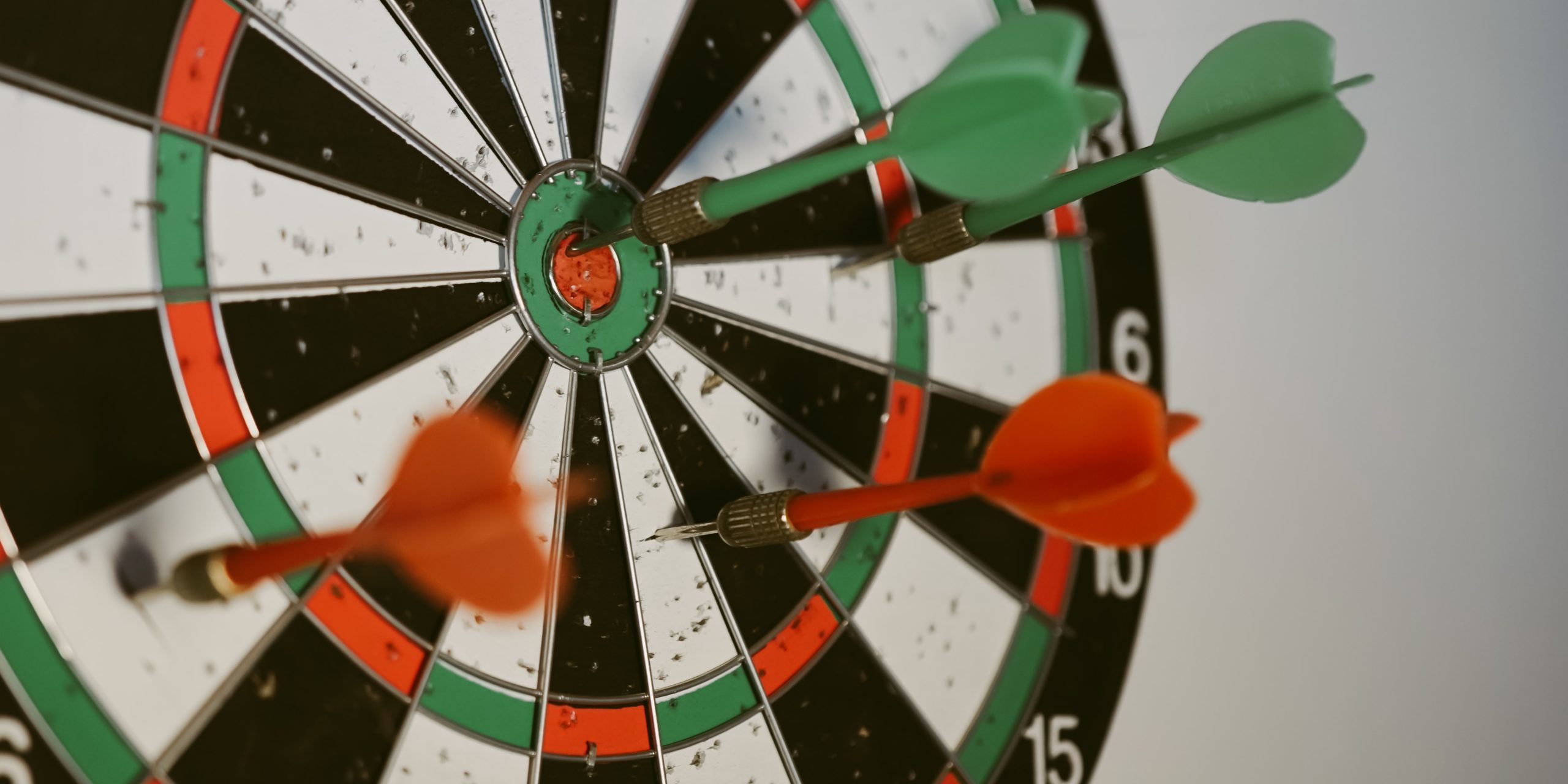Allison Handy, Senior Vice President of Sales, Aimbridge, HSMAI Sales Advisory Board Member
The Evolution of Sales Forecasting
Pre-2000 sales forecasts were critical to hotel operations and ownership communication and accuracy was a fundamental expectation. Then, in 2020 through early 2021 forecasting became impossible with Covid restrictions changing by the day, so we relied on daily updates for the next 7-30 days as that’s all we could realistically predict. We seemed to get back on track in 2022 as we were experiencing stabilized growth with longer booking lead times. But now in 2023 we have fallen back into uncertainty where the conversation around the economic concerns doesn’t match the actual data the hotels are experiencing in real time. I brought the topic of sales forecasting to my colleagues on the HSMAI Sales Advisory Board for a conversation on how we are forecasting in today’s climate.
Economic Uncertainty
While leading industry research organizations have lowered predictions since the fall, you may be surprised to hear that many hotel companies are not incorporating these risks into their forecasts. As one Advisory Board member mentioned, “we are going all in.” The reason that many are taking this approach is because those concerns permeating the media are not reflecting in the data we use to forecast. Some are also tightening up how far into the future they are forecasting, not going any farther than mid-2023, unless a specific reason to do so. Having conversations with customers to get real time feedback on block adjustments, group pacing, and holds can also help counter the uncertainty. But the overwhelming consensus was that forecasts remain strong, and companies are hedging against the media noise of risk.
CRM Technology
In a perfect world, CRM technology would evolve to a place where confidence and convergence are built in for a fully automated forecast. But the advisory board felt unanimous that because it is a combination of science and system data combined with astute knowledge of the segment, accounts, and customer sentiment it can’t yet be fully automated no matter how good your CRM is. One key improvement noted by many was the addition of a confidence rating into the tools to help garner an automated strength of sale into the forecast, but the art of the sale is a key piece of forecasting not just science.
Three Takeaways
- Many companies are not building risk into their forecasts and are only forecasting for the first half of 2023.
- There is a desire for CRM technology to build in confidence and convergence for an automated forecast, but the art of the sale makes this challenging.
- Understanding the human element – the client, the market, and how you stack up against competitors is key to understanding pipeline velocity.
